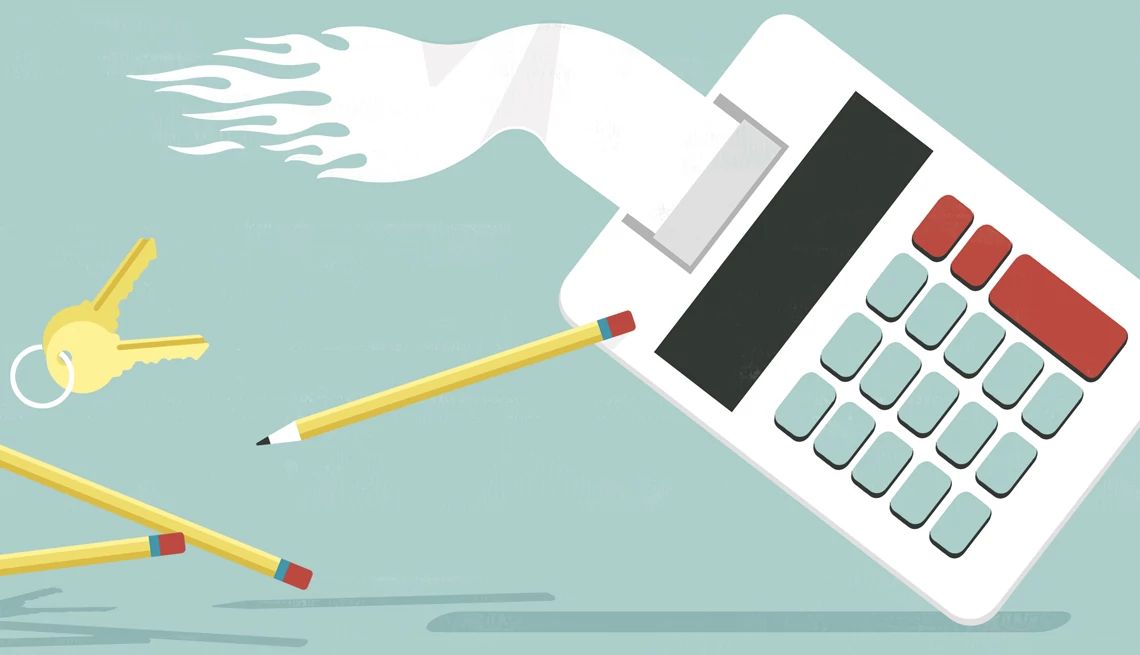
- Select a language for the TTS:
- UK English Female
- UK English Male
- US English Female
- US English Male
- Australian Female
- Australian Male
- Language selected: (auto detect) - EN
Play all audios:
For retirees on fixed incomes, setting and sticking to a budget has never been more critical. Even though income is limited, many expenses are not. Health costs, for example, can be wildly
unpredictable for people over 65. Rising prices of consumer goods is also putting pressure on older adults' wallets. If the past is any predictor of the future, there’s lots of
budgeting work to be done. When asked what financial challenges they faced in 2024, 28 percent of Gen Xers (ages 44 to 59) and 14 percent of boomers (ages 60 to 78) said they took on debt,
and 19 percent of Gen Xers and 13 percent of boomers said they depleted their savings, according to a survey by Credit Karma, a consumer financial platform. What to do? First and foremost,
craft a budget for 2025. “It may sound obvious, but everything else is based on that,” says Courtney Alev, a consumer financial advocate at Credit Karma. “Setting a budget can help you
avoid a lot of financial mistakes and bad habits.” Here are 13 retirement budget-setting tips for 2025: 1. ESTIMATE YOUR INCOME It’s impossible to set a budget without knowing precisely how
much money you have coming in, says Trent Graham, program performance and quality assurance specialist at Greenpath Financial Wellness, a nonprofit organization that provides free budget
consultations to those in need of assistance. To do this, you trace and project all sources of where your cash will come from over the next year. This includes Social Security payments,
pension payments, any work income and income from investments. 2. CALCULATE YOUR EXPENSES The best way to do this is to go through your bank and credit card statements and categorize your
expenses like housing, utilities, groceries, health care and discretionary spending such as eating out and travel, Graham says. 3. USE A BUDGET CHECKUP TOOL The National Council on Aging
offers an online budget checkup tool that's specifically designed for adults 65 and older, says Genevieve Waterman, director of corporate partnerships and engagement at the National
Council on Aging. AARP’s budget calculator is also a great budgeting tool; no membership is required. 4. USE A BENEFITS CHECKUP TOOL Regardless of your financial situation, carve out time to
educate yourself about any benefits for which you might qualify, Waterman says. You can research your benefits by using the council’s free online tool, BenefitsCheckUp. Americans leave more
than $16 billion in government benefits for which they qualify on the table every year, she says. For example, she says, the tool can help users find local programs that provide financial
assistance to older adults who are struggling to pay their property taxes.








